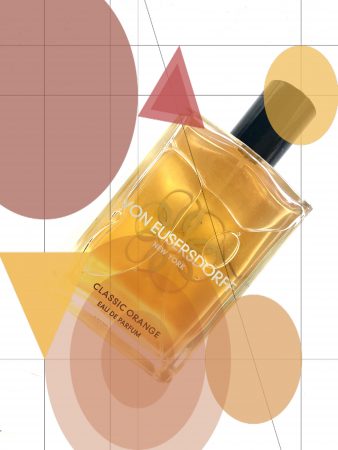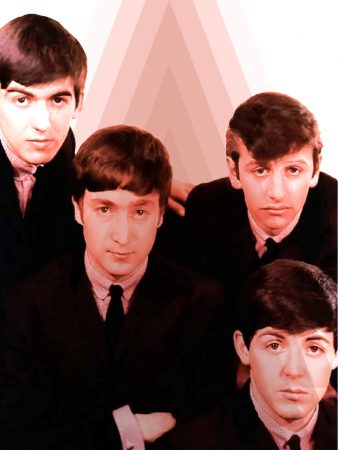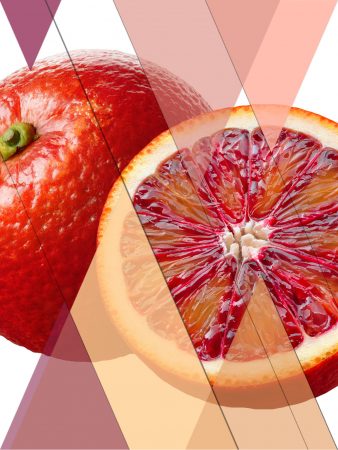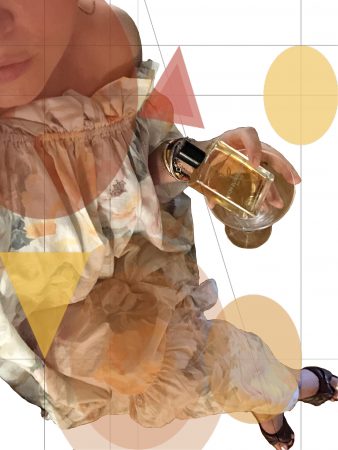
Photo, editing, and creative direction by a_nose_knows for Von Eusersdorff Classic Orange.
I mean, let’s face it–save for A Clockwork Orange and some darker stories about the Orangeries, there’s not enough gory in this citrus to build an allegory (see what I did there?). So I tried, and tried, and failed to muster the cool; the twisted; the profane.
Classic Orange laughed in my face and filled me with stupor’d smiles, and paralyzed my every intent to abstract it with overwhelming waves of annoying happiness.

The Beatles. Photo editing and creative direction by a_nose_knows for Von Eusersdorff Classic Orange.
Love, love me do
You know I love you
I’ll always be true
So please, love me do
Whoa, love me do
Someone to love
Somebody new
Someone to love
Someone like you
Love, love me do
You know I love you
I’ll always be true
So please, love me do
Whoa, love me do – 1962, The Beatles
“Love Me Do” is the debut single of The Beatles, and was released in the UK in 1962–with relative success. Two years later it was released in America and the world of skiffle and beat changed forever. It’s hard today to think of polished, suit-wearing, English, polite, smiling fellas as musical lighthouses and sacred monsters of counterculture; but here they were, four boys shaking the stilts and paving the way.
Or…were they? What made them palatable, if so revolutionary? What made them lovable? What made them safe?
Enter, my friends, the AABA. Chances are you’ve known it forever; your grandma played it on the telly in hazy black-and-white musicals; your favorite Gershwin-fan friend had it murmuring at some intellectual dinner; you’ve surely belched it loudly, windows down, from a car rolling at speed and driving into the sunset.

AA-A. Photo editing and creative direction by a_nose_knows for Von Eusersdorff Classic Orange
AABA is, in short, a template to compose a song made of 32 bars, split as follows: an 8-bar section (A), a second 8-bar section that sounds the same but has slightly different lyrics (A), a contrasting harmony or “feel” 8-bar section (B), and a final 8-bar section that sounds, again, like the first 2 (another A). AABA resembles the ternary form of the operatic da capo aria, and settled as the principal song form for American songs in the 1910-1920s; later on, it became the most successful show-tune form and, as such, a jazz standard. Simple, effective, easy to write, easier still to remember, and fun to howl to from the top of your lungs: so Pleeee-ee-ee–eeeeeese, love me do, whoaaaaa love me do

AABA. Photo, digital editing, and creative direction by a_nose_knows for Von Eusersdorff Classic Orange.
Classic Orange is, too, simple, effective, easy to wear, easier still to like, and fun to sniff deeply until your lungs fill up with over-the-top, loud, shiny happiness.
The first A is crisp and juicy, brimming with one of the finest blood orange renditions I know: wet and tensed, bitter, fragrant, tangy, zesty (yes, I’m repeating myself, lovemedo, yes, it’s that realistic). Underneath, a slight musk, bright and cool and airy like fresh laundry on a line, and a shadow of smokiness. The second A comes swiftly with the same theme on variation: the orange gives room for a bit of citrus leaf; the musk starts to warm up; the smoke gathers body and starts veering into tanninic. B changes register altogether– the wetness remains but is now torrid, sticky, and sweet in a way that makes time more still; smell is creamy and smooth and a bit dark, like milky Earl Grey; like a melted creamsicle; like the end of a beach day. There’s a sentiment of loss, and the evolution stalls ever so slightly. The final A goes back to the tang, stronger with peppers and woody notes and cleared of any reticence. Like a drive in a convertible, with the hood down and the music up. LOVEMEDO, indeed.
Official notes: blood orange, petitgrain, suede, chinese osmanthus, black tea, sandalwood and musk
Other perceived notes: cream, vanilla, peach, cardamom, pepper, soap; (at times, faintly, not bothersome) a woody-animal, ammonia undertone; currant
Disclaimer: Classic Orange shortlisted by me and provided by the company. Thank you so much.
– dana sandu, Editor
Thanks to the generosity of Von Eusersdorff, we have a 100ml bottle of Classic Orange available in the US, EU, for one registered reader (you must register on our site or your comment will not count). To be eligible, please tell us what you enjoyed or found interesting about dana’s review and where you live. Draw closes 5/29/20.

Camille Henfling Jr via Von Eusersodorff
Editor’s note: According to Camille Henfling Jr, the Netherlands-based perfumer and creative director behind the Von Eusersdorff line, the Von Eusersdorff family was prominent in trading rare oils and flower essences and running apothecaries as far back as the fifteenth century. As a direct descendant of that lineage, Mr. Henfling made a late-career decision to carry on his heritage and create perfume. Studying in Grasse to hone his skills, and working with an experienced team, he has created a line of well-made perfumes that are based on classic perfumery notes. He launched the line in 2010 with Classic Patchouli, followed by Classic Myrrh, Classic Mimosa, and Classic Vetiver in 2011. Classic Orange in 2013; 2015 brought Classic Oppopanox and 2018 Patchouli Balmy.
This is our Privacy and Draw Rules Policy
Follow us on Instagram @cafleurebon @a_nose_knows @von_eusersdorff
Available in the USA at Indigo Perfumery and around the world at other fine stockists
